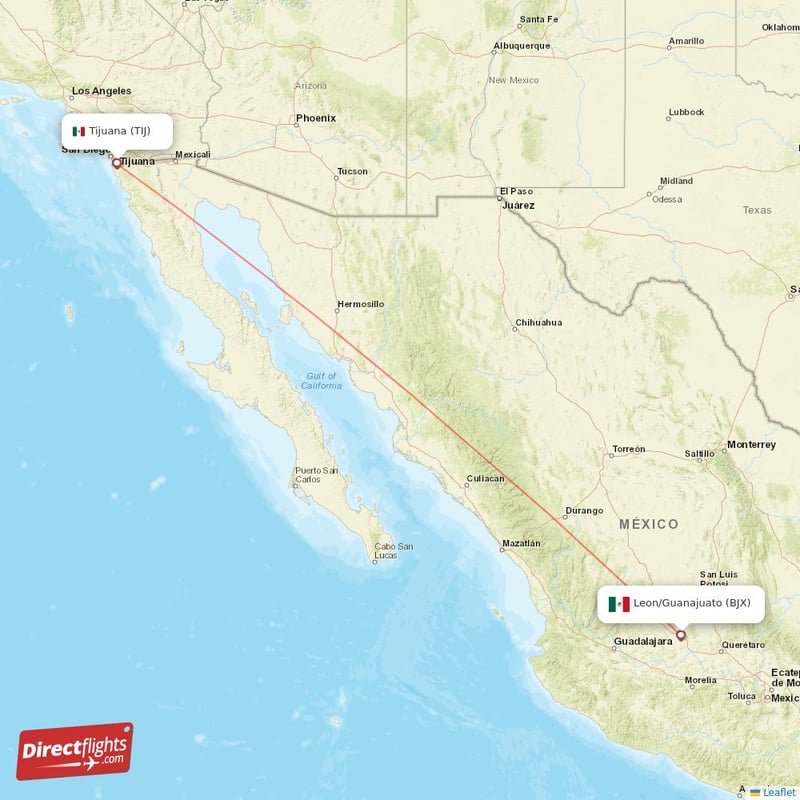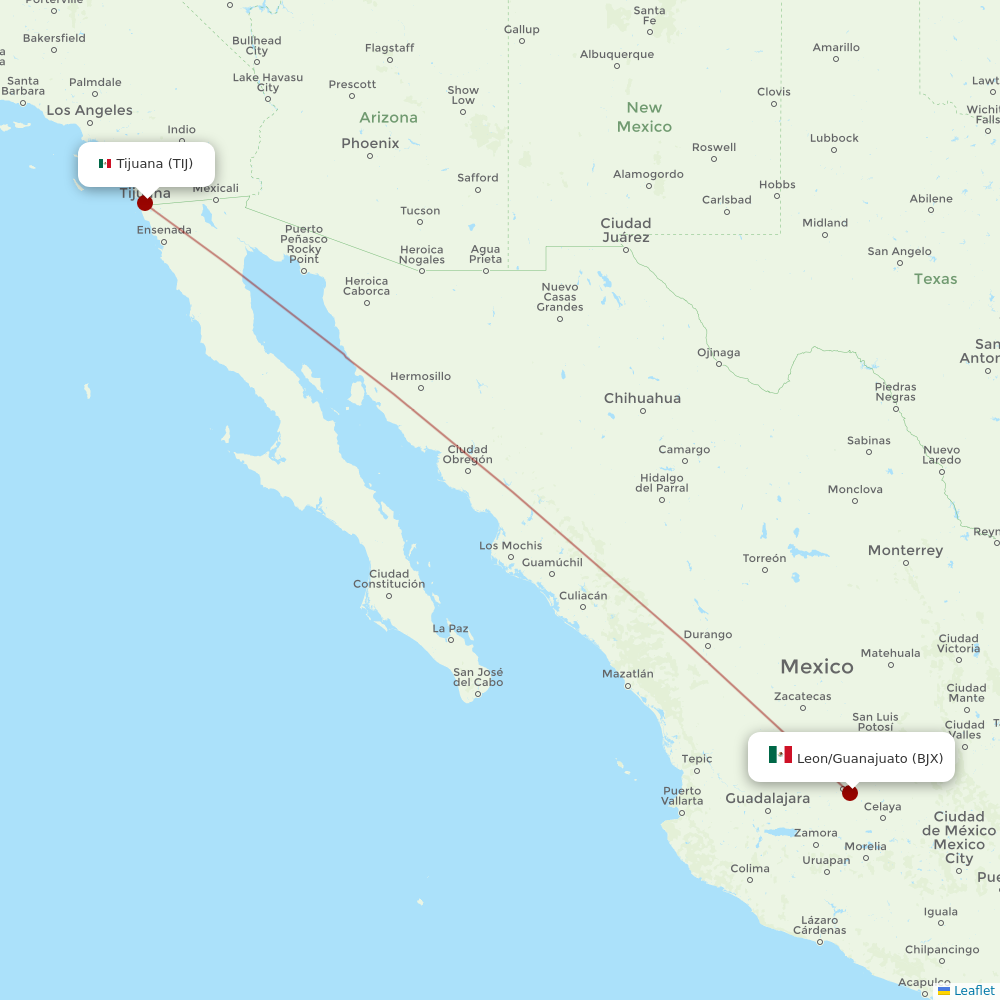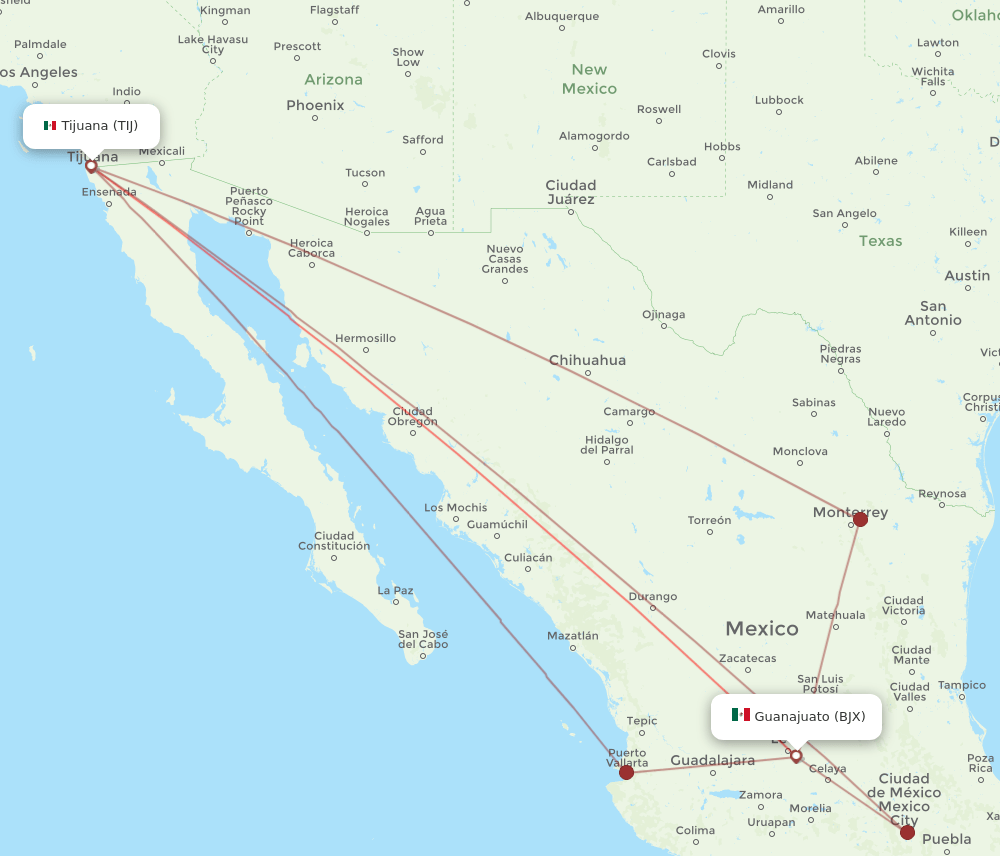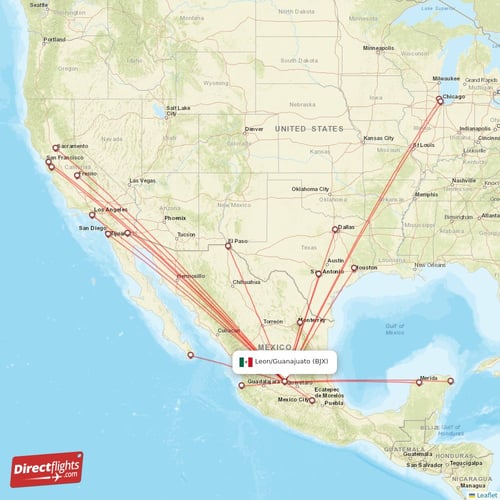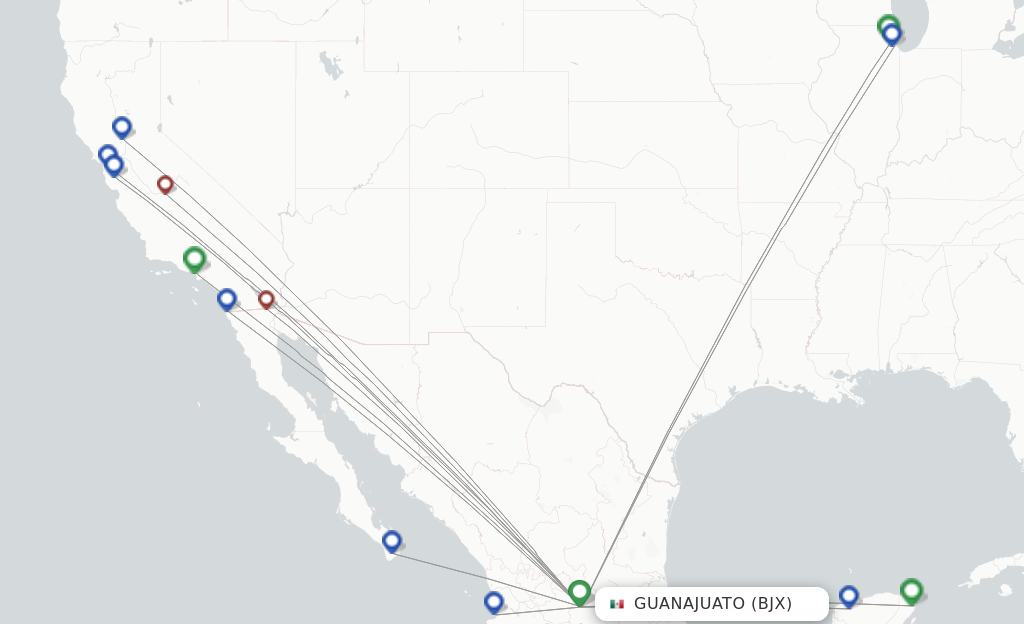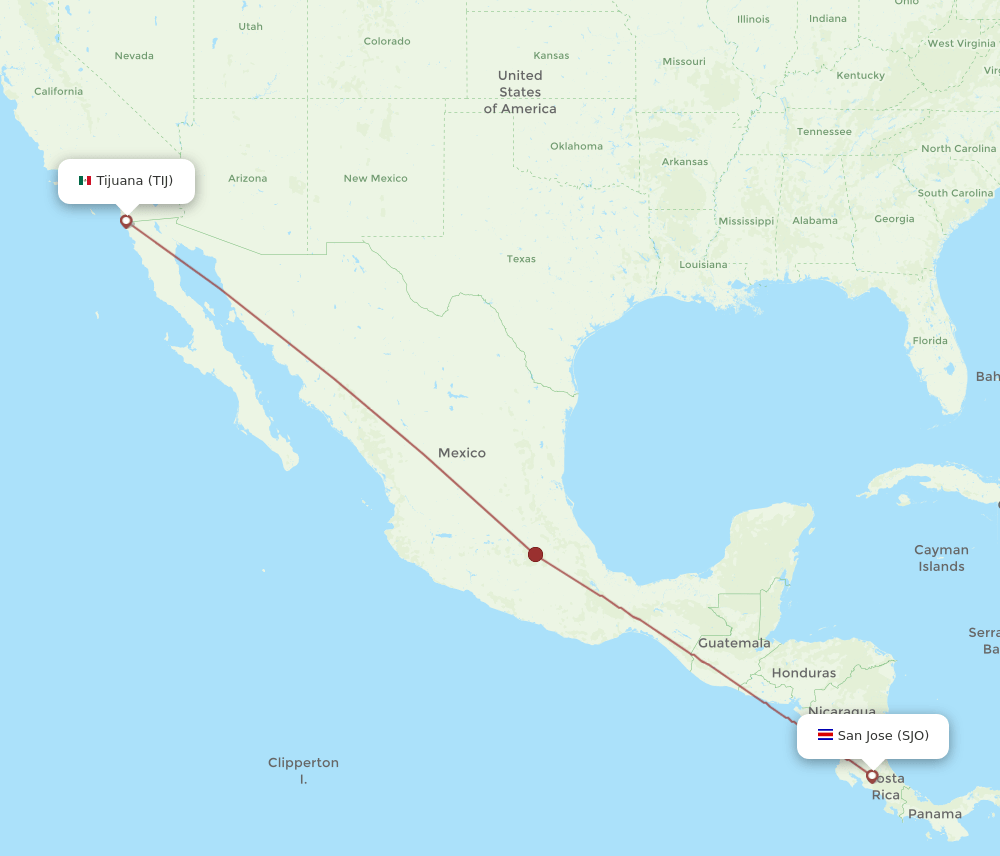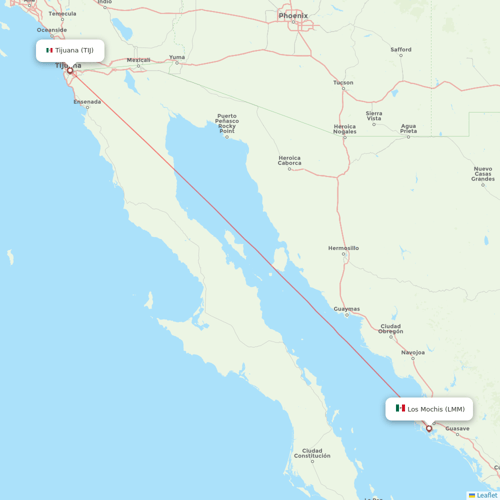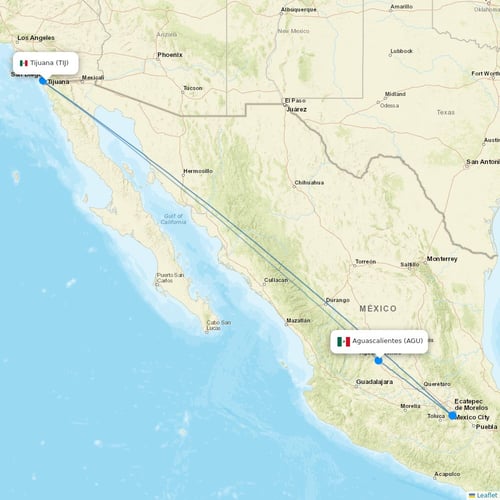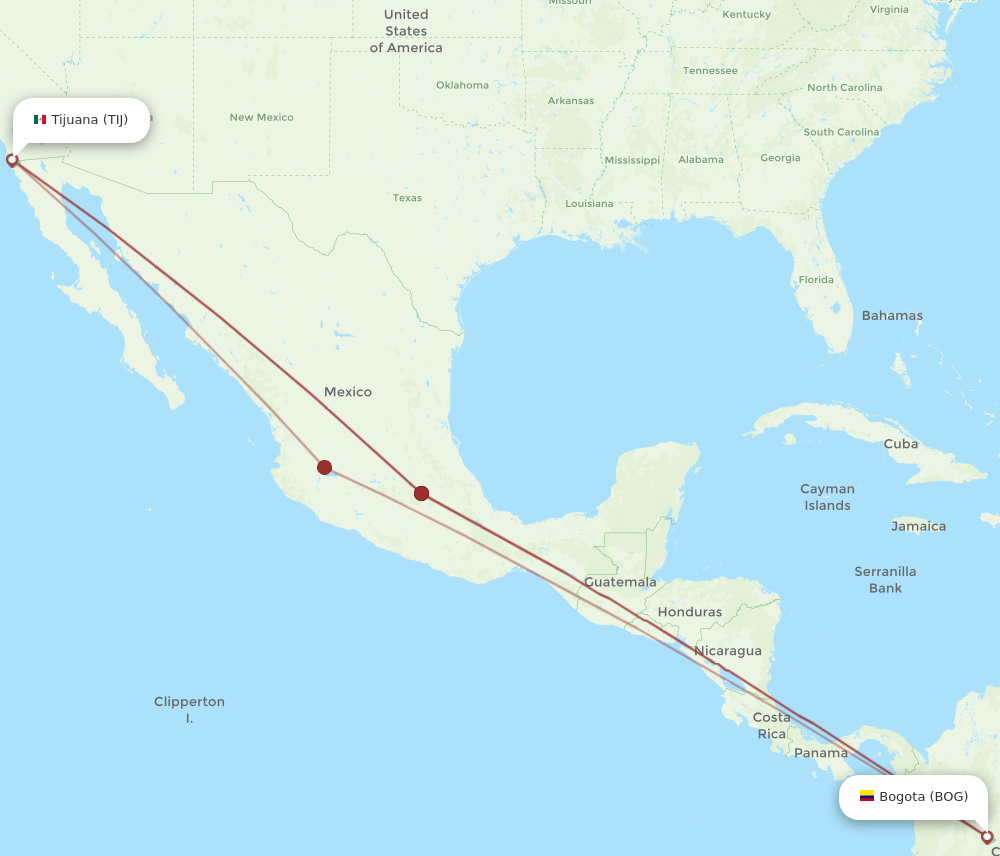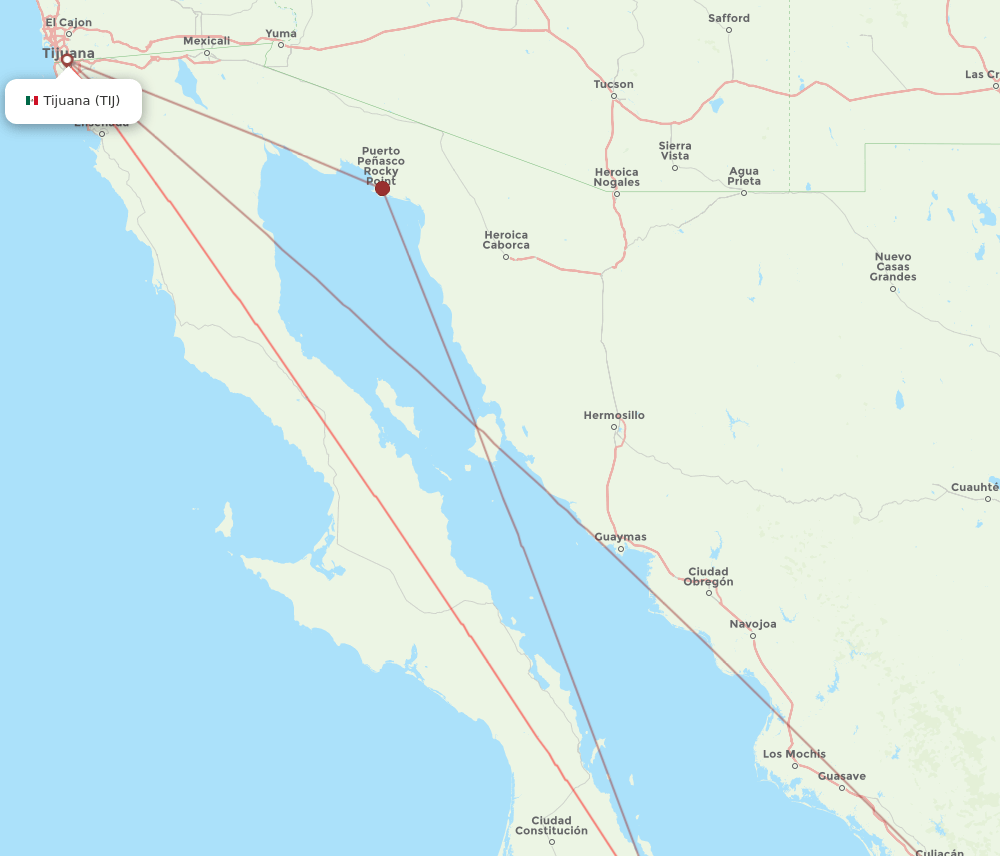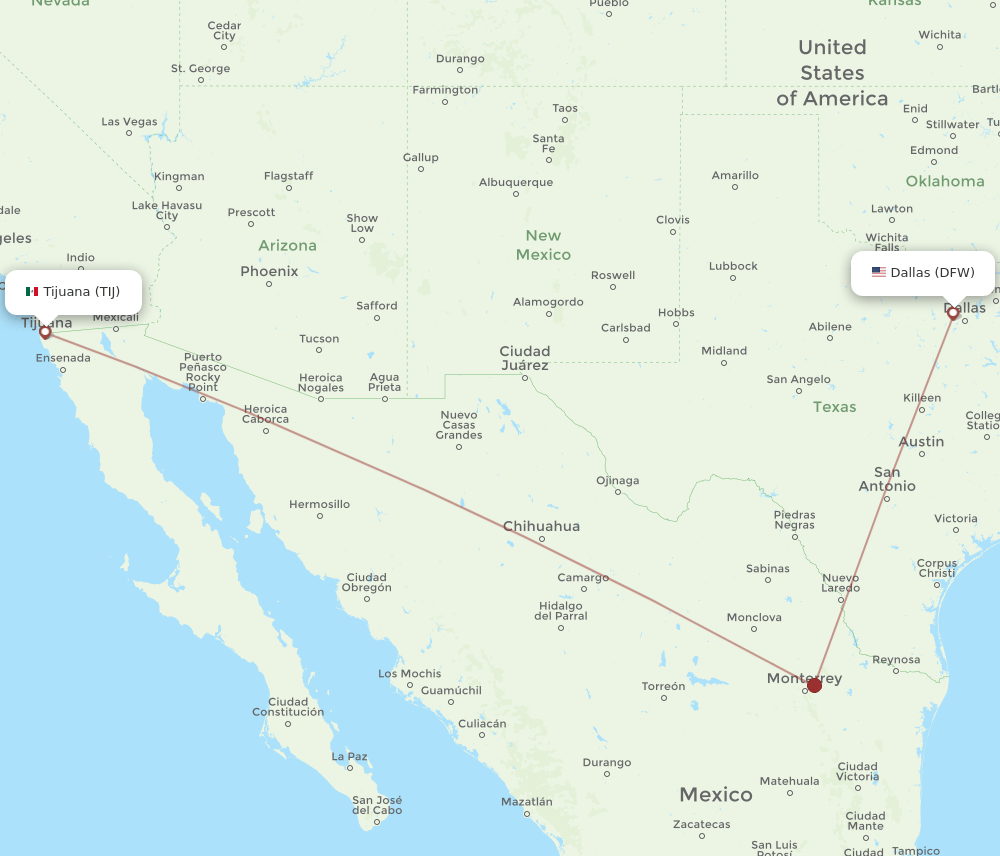Flights From Tijuana To Leon Gto

The skies between Tijuana and Leon, Guanajuato are buzzing with new activity. A surge in demand and evolving travel patterns have spurred airlines to bolster connectivity between these key Mexican cities. This development promises significant economic and social benefits, but also raises questions about infrastructure capacity and the long-term sustainability of this increased air traffic.
At the heart of this story lies the burgeoning air route between Tijuana International Airport (TIJ) and Del Bajío International Airport (BJX), serving Leon and its surrounding metropolitan area. This route is increasingly vital for business travelers, tourists exploring Guanajuato's historical sites, and individuals connecting to the broader network of flights available from Tijuana. The increased frequency and capacity on this route are poised to reshape travel dynamics between the two regions. It will also present both opportunities and challenges for stakeholders, from airlines to airport authorities and local communities.
Growing Demand Fuels Expansion
The impetus behind the increased flight activity stems from a confluence of factors. Volaris, a key player in the Mexican aviation market, has been particularly aggressive in expanding its presence on this route. Their strategy appears to be driven by strong passenger loads and a desire to capitalize on the growing demand for convenient travel options.
Data from the Mexican Ministry of Tourism (SECTUR) indicates a steady increase in both domestic and international tourism to Guanajuato. This rising popularity has translated directly into higher demand for air travel. Furthermore, Tijuana's strategic location as a gateway to the United States has contributed to its appeal as a connecting hub.
Airline Strategies and Competition
Volaris's increased flight frequency is not happening in a vacuum. Other airlines, including VivaAerobus, also operate on the Tijuana-Leon route. This competition benefits consumers through potentially lower fares and a wider range of flight options.
However, the intensity of competition also places pressure on airlines to optimize their operations and maintain profitability. Airlines use different strategies, from increasing the number of daily flights to deploying larger aircraft to improve per-flight profit.
Airline industry analysts suggest that the long-term success of these routes will depend on their ability to adapt to fluctuating fuel prices and evolving passenger preferences.
Economic and Social Impacts
The enhanced air connectivity between Tijuana and Leon is expected to have a positive impact on both economies. Increased tourism will boost revenue for hotels, restaurants, and other businesses in Guanajuato.
Similarly, improved access to Tijuana's international airport can facilitate trade and investment opportunities for businesses in the Bajío region. The economic benefits extend beyond the immediate tourism sector, potentially driving growth in manufacturing, agriculture, and other industries.
Beyond the economic sphere, improved air travel can strengthen social ties between the two regions, making it easier for families and friends to visit one another.
Challenges and Considerations
Despite the potential benefits, the increased flight activity presents some challenges. Airport infrastructure at both Tijuana and Leon must be able to accommodate the growing number of flights and passengers.
Concerns about potential overcrowding, delays, and the need for upgrades to baggage handling systems and security checkpoints are valid. Environmental considerations are also relevant. The rise in air traffic leads to a corresponding increase in carbon emissions.
Aeropuertos y Servicios Auxiliares (ASA), the Mexican government agency responsible for airport operations, faces the ongoing task of balancing growth with sustainability.
Passenger Perspectives and Experiences
For passengers, the increased flight options between Tijuana and Leon offer greater flexibility and convenience. The potential for lower fares due to competition is also a significant advantage.
However, some passengers may experience challenges related to airport congestion, flight delays, or limited baggage allowance. Reviews from online travel forums reveal mixed experiences, with some passengers praising the increased availability of flights while others express frustration about service quality and punctuality.
A survey conducted by a local travel agency found that passengers prioritize affordability, convenience, and on-time performance when choosing flights on this route.
The Future of Air Travel Between Tijuana and Leon
Looking ahead, the future of air travel between Tijuana and Leon appears promising. The strong underlying demand for travel and the continued efforts of airlines to expand their networks suggest that the route will remain a vital link between the two regions.
However, several factors could influence the long-term trajectory of this route. These factors include fluctuations in fuel prices, shifts in travel patterns, and the success of ongoing efforts to improve airport infrastructure.
Continued monitoring of passenger demand, airline performance, and environmental impacts will be crucial to ensure the sustainability and continued growth of air travel between Tijuana and Leon.
